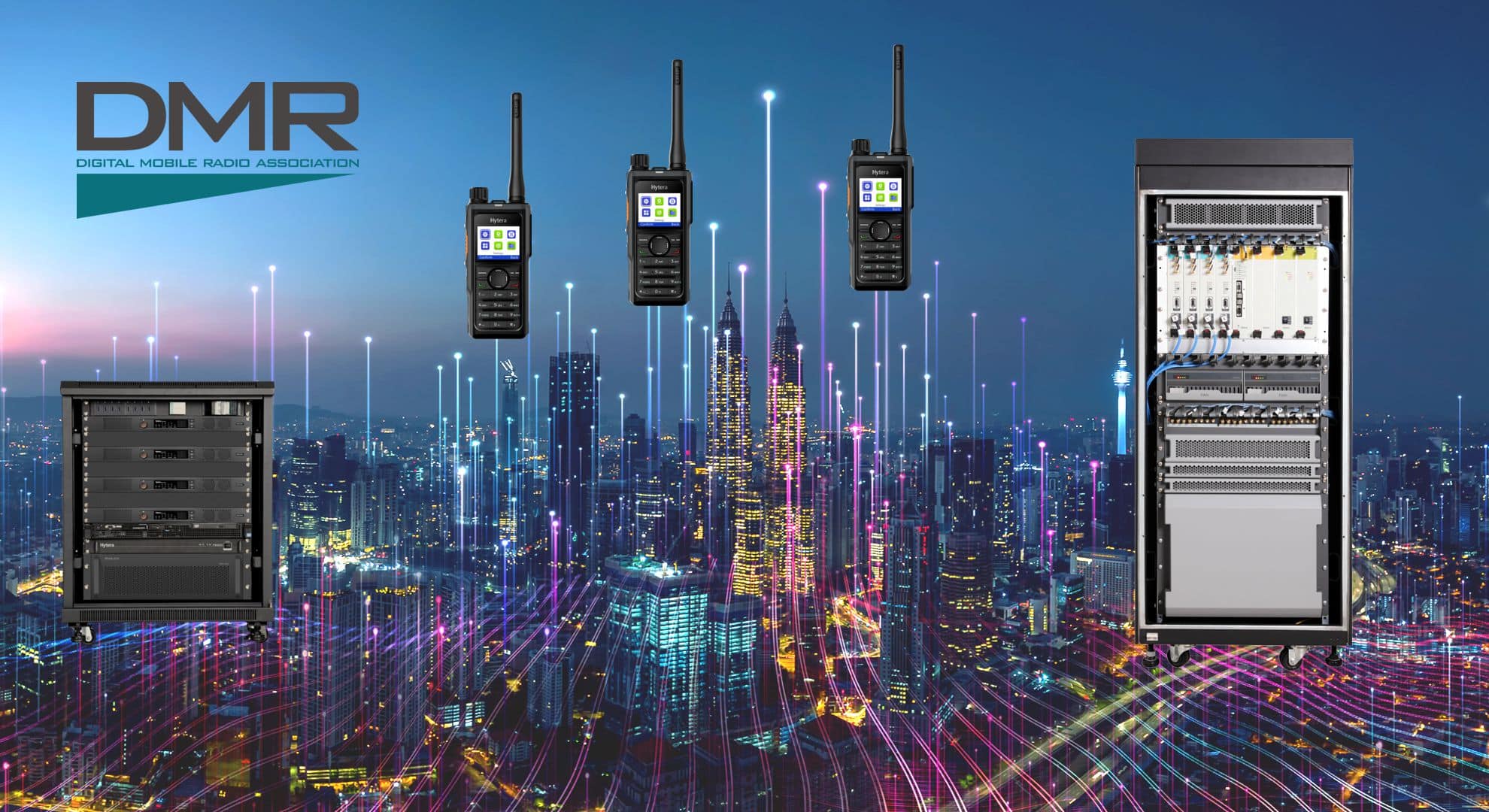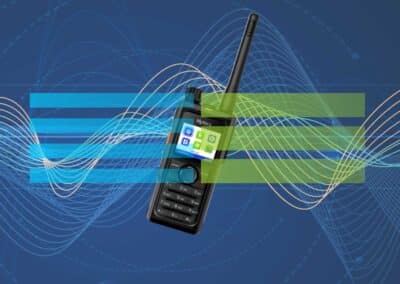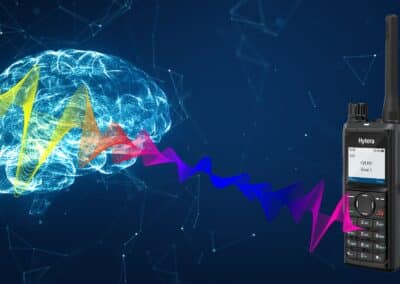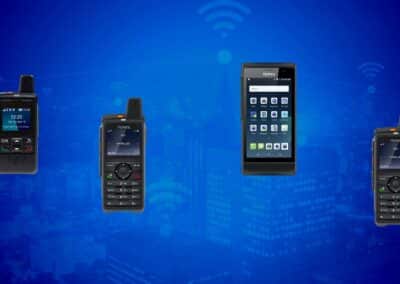The DMR Standard and Tiers Defined
The industry standard Digital Mobile Radio (DMR) consists of DMR Tier I, Tier II and Tier III. It is important to understand the differences between the DMR Tiers to know which is the best radio system for your specific needs.
Digital Mobile Radio (DMR) is an open digital mobile radio standard defined by ETSI (The European Telecommunications Standards Institute), and it is applicable all over the world. Commercial products must comply to it, and users are not locked into proprietary solutions.
DMR uses the two-slot TDMA in a 12.5 kHz channel – this means that, as opposed to analog communication, you have two slots for communication instead of one. This time is essentially split up in milliseconds so that users don’t notice the time gaps, allowing a doubling of capacity.
Learn more about the differences between Analog and Digital radios
The DRM standard differentiates between three different stages of functionality. These are the three DMR tiers:
DMR Tier 1 (Unlicensed)
DMR Tier I uses the 446 MHz frequency band in Europe and it is license-free in the US, meaning there are no frequency licenses required from the FCC. Tier I DMR equipment works in Direct Mode (radio-to-radio) on public frequencies. Tier I DMR radios are lower in transmission power, and are best used by individuals in outdoor recreation, small business, or other applications that do not require wide-area coverage.
DMR Tier 2 (Licensed Conventional)
DMR Tier II uses the 66 to 960 MHz frequency band that is used by cell phones and conventional two-way radios. Tier II uses higher power radios and requires licenses for working in Direct Mode or using a Base Station for repeating signals and extending coverage area. Tier II radios can be used to replace legacy analog radio systems. Tier II users are larger organizations that require wide-area coverage, advanced voice features, and integrated IP data services in licensed bands for high-power communications.
DMR Tier 3 (Licensed Trunked)
DMR Tier III also uses the 66 to 960 MHz frequency band, specifically 66-88MHz, 136-174MHz, 400-527MHz and 806-941MHz. DMR Tier III support radio trunking that operate under individual licenses with a controller function that automatically manages and optimizes the radio communications channels. Tier III enables voice, text messaging and packet data services in a variety of formats. It is ideal for organizations looking to migrate from trunked radio systems, or those who want the full benefits of managed trunking, voice, and data solution.
The DMR standard also specifies the use of TDMA technology. TDMA stands for Time Division Multiple Access. TDMA provides two logical channels and each 12.5-kilohertz channel space (see diagram below). This provides a useful doubling of capacity within the same analog channel space.
As an upgrade from either analog or Tier II, it is a true enhancement, and Tier III is suitable for some of the most complex operations around the world.
Hytera’s DMR Tier III trunking solutions represent a true upgrade path for Tier II and analog radio system users. DMR Tier III systems can also support advanced proprietary features like integrated GPS, roaming, priority call levels, call preemption and call queuing, advanced over-the-air programming, dynamic site light up, and dynamic group allocation.
For a deep dive into DMR technology, download the DMR Association white paper



